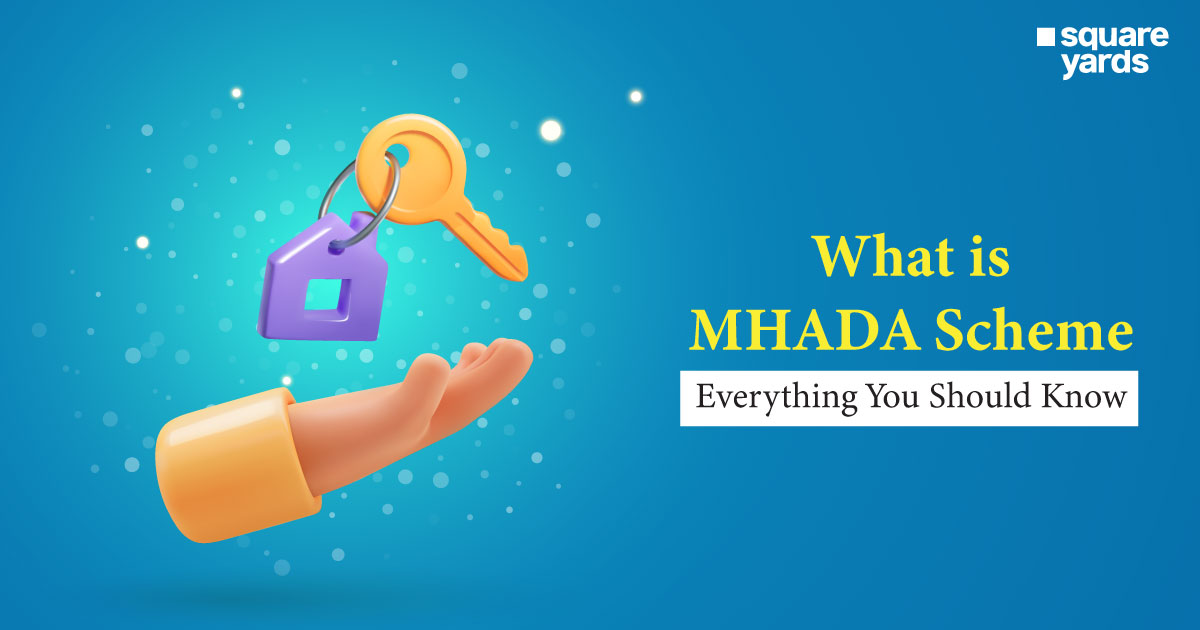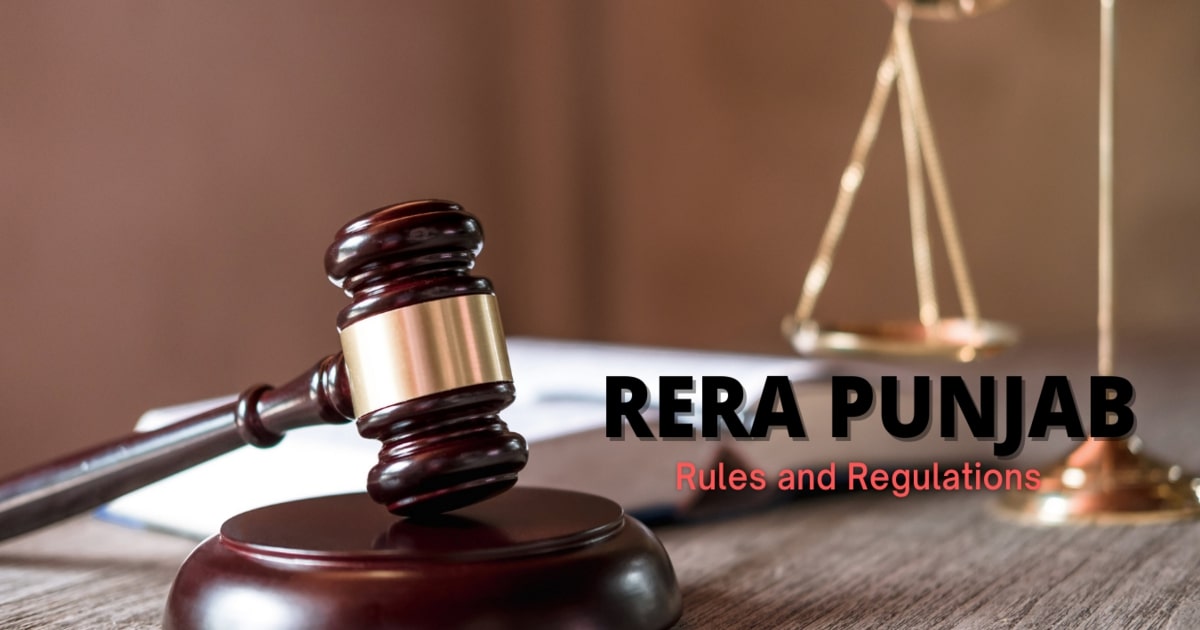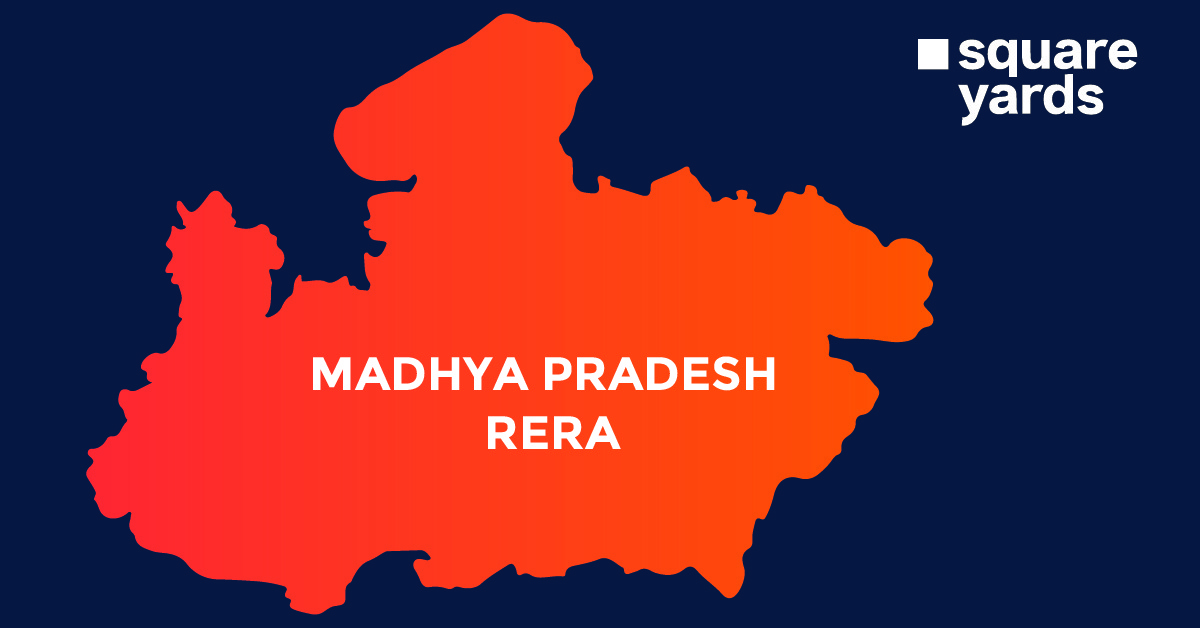One of the crucial legal documents needed when purchasing real estate is the Encumbrance Certificate. A certificate of encumbrance states that the property is free of debts and has a clear, marketable title that is unencumbered. The encumbrance certificate includes information on each transaction made in relation to the particular property. The Department of Registration in India issues encumbrance certificates. In this blog, we closely examine the steps involved in acquiring an encumbrance certificate.
What is an Encumbrance Certificate?
The lender will attach a “Lien” or a charge to the property if it was acquired with a mortgage or had been pledged. As a result, the borrower/owner of the property will be prevented from selling the home until the mortgage is fully repaid.
You can use an Encumbrance Certificate, a legal document, to determine whether the property is subject to liens or other obligations. Visit the relevant Sub-Office Registrar to obtain an EC.
Encumbrance Certificate- Meaning and Importance
The following passage will discuss what an encumbrance certificate means and the attached certificate.
Meaning of Encumbrance Certificate
An encumbrance certificate (EC), frequently used in the real estate sector, certifies that a piece of property is free and clear of all financial or legal obligations, such as outstanding loans or other liabilities. The EC is a crucial document for homeowners since it certifies their ownership of the property legally and enables them to obtain bank loans secured by their home.
The encumbrance certificate, which may be obtained from the regional registrar’s office, often includes all the transactions pertaining to a given time frame. Additionally, the certificate only offers details on papers filed with the registrar’s office.
Importance of Encumbrance Certificate
The legal document “encumbrance certificate” states whether or not a certain piece of property is free and clear of any outstanding debts or obligations. An encumbrance certificate, for example, would reveal whether the seller has committed it to a bank. The present owner and the number of times the property has changed hands since it initially came into existence are both indicated on this encumbrance certificate. Once you get the said encumbrance certificate, you will know that you are in touch with a trustworthy vendor and that the property is not in any financial or legal trouble.
The property’s legal and financial encumbrances are reflected in the encumbrance certificate; if the owner has taken out a loan against the property, this is indicated on the certificate. If there is a legal dispute involving the property, it should be reflected in the EC. The term “encumbrance certificate” in Hindi is “bhar-mukt praman.”
Types of Encumbrance Certificates on Property
Encumbrances prevent the owner from transferring the title to another person and place restrictions on the property. The following are some of the most typical encumbrances that may be put on real estate:
Lien
The most typical kind of encumbrance is a lien, which can be put on a piece of property to collect a debt owed by the owner, such as a mortgage. The home’s lien is still in place until the mortgage is completely paid off. Tax liens from unpaid taxes are another possibility.
A contractor may also file a lien if they have completed property repairs but have not yet been paid for them. If the lien is not met, the residence may be foreclosed, with the sale proceeds going toward the settlement of the owner’s debts.
Deed Restriction
The use of the property is constrained by a deed restriction. Another name for it is a restrictive covenant. The limitation may range from prohibiting the installation of satellites on roofs to defining parking areas for vehicles. It may also restrict what can be built on the land.
To maintain the property’s value, deed limitations are frequently used to set guidelines for what the land can be used for. Typically, historical properties are subject to restrictions.
Easement
Despite not owning the property, an easement allows someone or something to use it. A utility corporation, for instance, might acquire an easement to install electricity grids on a farmer’s land. An easement that permits the owner of a neighbouring property to access another property via its driveway is a typical easement.
An easement is also present when a public path leading to the beach passes across one owner’s property. The land, not the actual property, is where the easement is located.
Encroachment
An extension of one property onto another is referred to as an encroachment. For instance, a fence built along the neighbouring property or a branch of a tree hanging over it are examples of this. As encroachment frequently makes it more difficult to transfer their property’s title to a new owner, the owner of the property that has been encroached upon typically wants the encroachment to be eliminated.
License
A license permits you to use someone else’s assets. Rules that must be obeyed are frequently included with the licence. The licence may be revoked if you don’t follow the rules. For instance, a licence could be obtained to hold a gathering on someone else’s property.
Documents Required for Encumbrance Certificate
When requesting an encumbrance certificate, you may need the following documents:
- Details of the title document and the property.
- If a previous deed was executed, the property sale deed, gift deed, partition deed, or release deed.
- The registration deed number includes the applicant’s signature, book number, and date.
- Document used to register real estate.
- Proof of the applicant’s address
For further information on any matters regarding encumbrance certificates in your area, kindly contact the closest registrar sub-office.
How to Apply and Get an Encumbrance Certificate Online?
Follow the instructions below to register for an encumbrance certificate, online: Since, every state and UT in the country have separate procedures and websites for procuring encumbrance certificates, in this section, we’ll see how to apply for an encumbrance certificate in Delhi.
State 1: Go to the official website.
The applicant must go to the Delhi Government’s e-District portal, edistrict.delhigovt.nic.in
Step 2: Apply Online for the Certificate
On the portal’s webpage, click “Apply for certificate online.”

Step 3: Fill out the form for citizen login
On the following page, the applicant must provide their username and password in the citizen login form.

Step 4: Complete the voter registration form.
If the applicant is not already registered to log in, they must complete the citizen registration form.
Step 5: Request services
Select “Apply for services” from the “Apply Online” drop-down menu.
Step 6: Request a certificate for surviving members.
To apply for the surviving member Certificate, click the “Apply” button.
Step 7: Fill in all the details.
The surviving member certificate application will then appear on the next screen.
Step 8: Submit the said form.
Complete the application with all the necessary information, including
- Applicant information.
- Information about the remaining relatives.
- Information of identity proof.
- Address details for proof.
Then affix all required supporting documentation. After that, press the “submit” button.
Step 9: Obtain a confirmation number
Upon submitting the application form, you will be given an acknowledgement number.
Note: You should also print the receipt of the acknowledgement.
How to Apply and Get an Encumbrance Certificate Offline?
For the surviving member certificate, the petitioner can go to the Sub Divisional Magistrate (SDM) in the relevant area.
Step 1: Sub Divisional Magistrate in approach
To request a surviving member certificate, the applicant should get in touch with the relevant area’s Sub Divisional Magistrate (SDM).
Step 2: Complete the application.
Complete the application form and have it appropriately attested.
Step 3: Submit the said form
Once the application is finished, submit it with the necessary paperwork for a Gazetted Officer to attest to.
Step 4: Take down the application number.
After submitting your application, note the application number as confirmation.
Download the Encumbrance Certificate for the Property
Sub-Registrar will digitally sign the certificate of the surviving member, once the request has been approved by the concerned authorities. To download the authorised Certificate, go to the official website and click the Print/Download Certificate option.
Next, choose “Applied For” from the drop-down list and the department. To download or print your online surviving member certificate, enter the application number, after which you should click the proceed option.
When is an Encumbrance Certificate Needed?
An Encumbrance Certificate is a critical record that proves a property’s free title or possession. The paperwork is required to certify that a property is free from all financial and legal obligations when buying, selling, or applying for a mortgage or loan secured by the property.
EC for Flats
A non-encumbrance certificate is crucial when buying a property since it verifies that you are dealing with the right person and that no loans are currently pending against the property.
EC for Home Loans
Before accepting your application for a home loan to purchase a property, banks often want the encumbrance certificate.
EC for PF withdrawal
If you take money out of your provident fund to pay the down payment on a house, your employer will ask for the EC. Otherwise, do not take money out of your provident fund to buy a house.
EC for property mutation
After purchasing a property, the owner must use property mutation to have the ownership transfer registered in the public record.
EC for Flat Sale
The property seller must apply for and obtain the required document from the public file to show it to the prospective buyer.
Steps to Check Encumbrance Certificate Status
The e-portal also enables users to check the status of an application by using the procedures laid out below.
Step 1: Check the status of the application
To track your application, click the link on the homepage.
Step 2: Give thorough information
Feed in the applicant’s name and application number to check the application’s progress.

Step 3. View the status of the application.
The applicant can now see their application status.
Application Fee to Get an Encumbrance Certificate
An applicant only simply pays a small price to obtain an EC; fees differ from one state to another and range between Rs 200 and Rs 500. However, fees might change based on the time frame for which you’re looking for information.
Difference between Encumbrance and Non-Encumbrance Certificate
The following table will apprise you of the difference between an encumbrance and a non-encumbrance certificate.
|
Encumbrance Certificate |
Non-Encumbrance Certificate |
|
The government’s database of encumbrances contains a record of the encumbrance certificate. |
A “non-encumbrance certificate” is given when a property has no recorded encumbrances against it. |
|
An EC is issued using Form 15. |
An NEC is issued using Form 16. |
|
Typically, it takes 15 to 30 days of work to obtain an EC. |
Typically, it takes 20 to 30 days of work to obtain a NEC. |
List of States for which Issue Online Encumbrance Certificates
Encumbrance certificates are mostly granted physically in India, with a few exceptions.
- Andhra Pradesh,
- Puducherry,
- Tamil Nadu,
- Odisha,
- Kerala,
- Telangana, and
- Uttar Pradesh
are the states that provide online access to encumbrance certifications.
Difference Between Encumbrance Certificate (EC), Completion Certificate (CC), and Occupancy Certificate (OC)
An occupancy certificate (OC), a completion certificate, and an encumbrance certificate are completely unrelated (CC). The CC is an official declaration that the construction was built in accordance with the rules. In contrast, the OC is a document certifying that a said building is for occupancy by the residents.
A CC certifies that the building was built in accordance with the safety standards outlined in the applicable building code. The CC also indicates that the building has received approval from the municipal corporation, the town and country planning directorate, or the local authority. Additionally, a temporary CC is given when builders must deliver apartments to purchasers, even if some work is still in progress.

































